Aluminium is the second only to iron in annual consumption and is the most important non-ferrous metal. Unlike steel, the scrap value of aluminium is very high and easy to transport because of its lightweight.
Aluminium and its alloys are extensively used in building construction. Since teak and other varieties of wood have become scarce and expensive, aluminium has become a good alternative. It is also becoming popular as roofing sheets.
Advantages of Aluminium as a Construction Material
The following are some important characteristics of aluminium as a construction material:
High strength-weight ratio: Fuel savings are enormous which makes it advantageous to use for transportation.
High corrosion resistance: This is an essential factor for buildings near the seashore and also for tall buildings. For high corrosion resistance to atmospheric agencies, aluminium is highly preferred compared to steel.
Safety against attack from insects: Mostly, wood can get destroyed by white ants and borers, but aluminium is safe and often preferred to wood for making door and window frames.
Aesthetic appearance: Aluminium has a pleasing appearance, and it can be anodized or powder coated to give many shades to meet the surroundings.
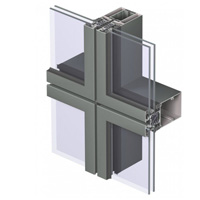
Capacity to stand with low temperature: Steel becomes brittle and gives away at sub-zero temperatures, where aluminium becomes highly suitable.
Ease of fabrication and assembly: It is easy to cut and assemble at the site. Extrusion technique provides endless opportunities of matching the design to particular requirements.
Good noise control: Aluminium possesses excellent reflectivity of sound, also reflects electromagnetic waves which are good for noise control.
High reflectivity: It is an ideal material for roofing and siding of workshop sheds, as aluminium has good reflectivity that helps roofs to absorb less radiant heat. Aluminium paints and films are used for the thermal insulation of roofs.
Uses of Aluminium in Building Construction
It has many industrial applications such as castings, sheets, foil, extrusions, wires, etc. Use in buildings is a very small part of its usage and the common uses of aluminium products in construction are as follows:
Window frames
As wood with excellent properties is expensive, and other woods do not last long in many modern houses, we use aluminium for window frames. Many different slopes and colours can be made using aluminium alloys.
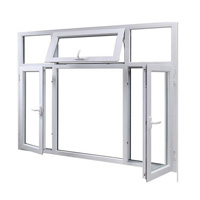
Built up curtain walls
Plain walls which do not support a roof are called curtain walls. In recent modern buildings, brick, mortar and cement have been replaced by aluminium and aluminium composite panels, curtain walls.

Built-up curtain walls can be made using aluminium frames to which glasses can be fitted in a conventional way.
Aluminium composite panels (ACP)
These aluminium laminates have started appearing as a much chosen material for facades, curtain walls. It is used in exteriors as well as interiors of building constructions.
The ACP sheet is lightweight and has high peeling strength, high durability and weather resistance. It is also resistant to fire and contains high anti-impact and anti-scratch properties. Also possesses excellent sound and thermal insulation properties.
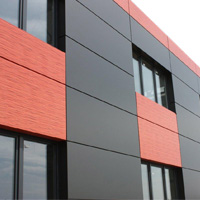
These sheets are used for facades of buildings to add beauty or to provide attractive patterns. They can be easily bent to any shape to cover columns and pillars easily and also provide them with a very elegant look.
Aluminium roofing sheet
In olden days, roofing by rafters and clay tiles were very popular. It is becoming old-fashioned because it involves a lot of labour and tiles may also get broken after some days.
Nowadays, roofing sheets are made from high-quality aluminium alloys, which does not rust, needs less maintenance and look good for a very long time.
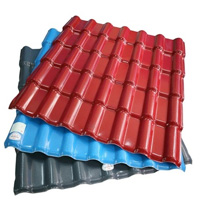
These corrugated sheets are used for all classes of buildings, for industries, warehouses and for housing purposes. These aluminium sheets provide an attractive look to the building and also available in a variety of colours.
The only disadvantage of aluminium in many applications is its low modulus of elasticity compared to steel.
Check Out: Types of Steel Reinforcement in Construction


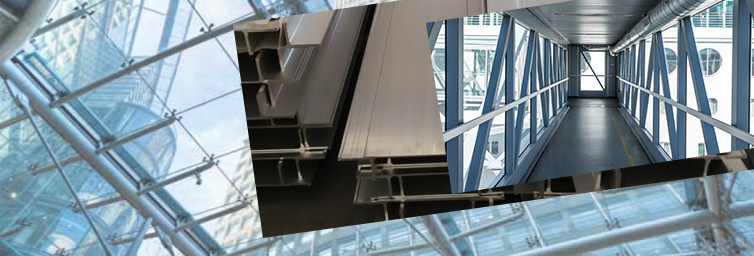
















Rajesh Patel
posted on Jan 7, 2020 5:35:16 PM